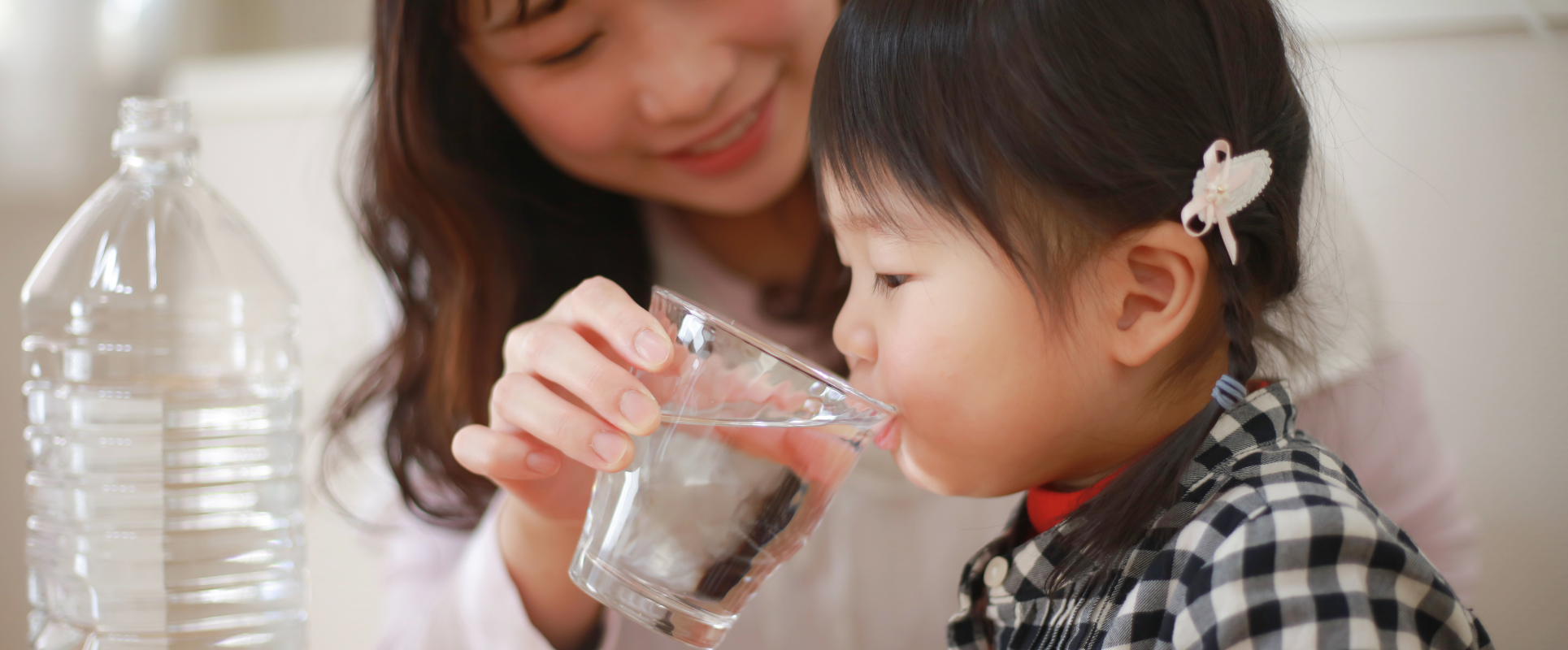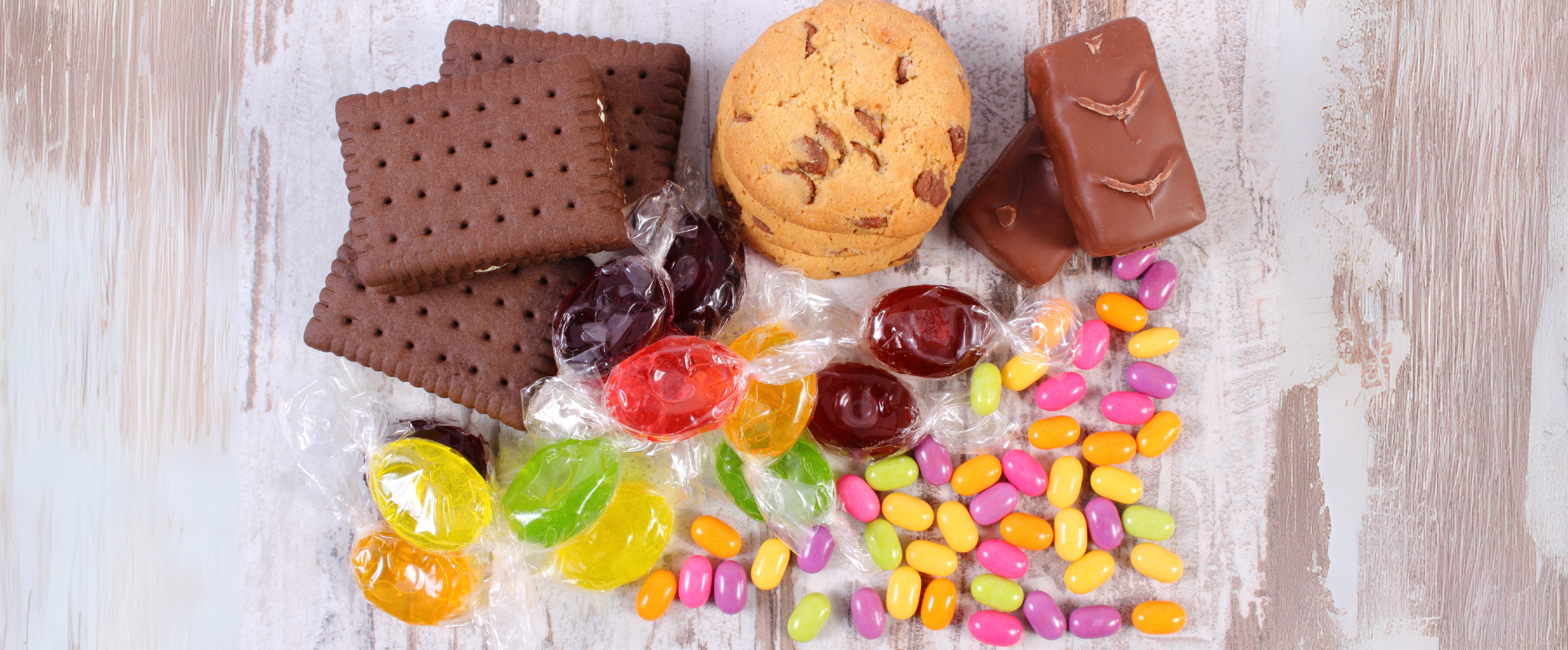
Bottle-Feeding Your Baby with Care and Confidence
Feeding your baby is more than a way to provide nourishment, it’s a moment of closeness, eye contact and trust. Whether you choose bottle-feeding from the start or combine it with breastfeeding, the way you prepare, hold and respond to your baby makes a big difference in their comfort, digestion and overall well-being.
This guide blends expert medical recommendations with gentle, practical tips so every feed can be a safe and loving experience.
1. Preparing the Bottle Safely
-
Wash your hands before handling bottles or formula.
-
Sterilize bottles, nipples and parts before first use and clean thoroughly after each feeding.
-
Use safe water: boiled tap water cooled to feeding temperature or certified bottled water.
-
Follow the exact water-to-formula ratio on the package. Avoid over-diluting or making it too concentrated.
2. Warming & Testing the Milk
-
Warm bottles in a bowl of warm water or a bottle warmer.
-
Never use a microwave—it can create dangerous hot spots.
-
Shake gently and test a drop on your wrist—it should feel comfortably warm, never hot.
3. Positioning Your Baby
-
Hold your baby semi-upright at about a 45° angle.
-
Support their head and neck while letting them look into your eyes.
-
Keep the bottle tilted so the nipple stays full, but allow pauses to slow the flow.
-
Touch the nipple to your baby’s lips to encourage them to open wide and latch gently.
4. Feeding Responsively
Your baby’s cues tell you everything you need to know:
Hunger signs: rooting, hand-to-mouth movements, gentle fussing.
Fullness signs: turning away, slower sucking, drifting into sleep.
Feed on demand, without pressure to finish the bottle.
In the first week: about 1–2 oz per feed, gradually increasing to 6–8 oz by six months.
5. After Feeding
-
Pause halfway through to burp your baby.
-
Burp again when finished, to release swallowed air.
-
Hold upright for 15–30 minutes afterward to prevent spit-up.
-
Discard leftover milk after one hour to avoid bacterial growth.
6. Gentle Tips for a Happy Routine
-
Use slow-flow nipples for newborns, mimicking breastfeeding.
-
Practice paced bottle-feeding to give your baby more control.
-
Alternate arms during feeding to support healthy visual and muscle development.
-
Keep moments calm—reduce noise, make eye contact and enjoy the closeness.
7. When to Call the Doctor
Seek medical advice if:
-
Your baby refuses multiple feeds in a row.
-
Frequent vomiting occurs (beyond small spit-ups).
-
Weight gain is slower than expected.
-
Diaper output drops below 6 wet diapers/day after the first week.








